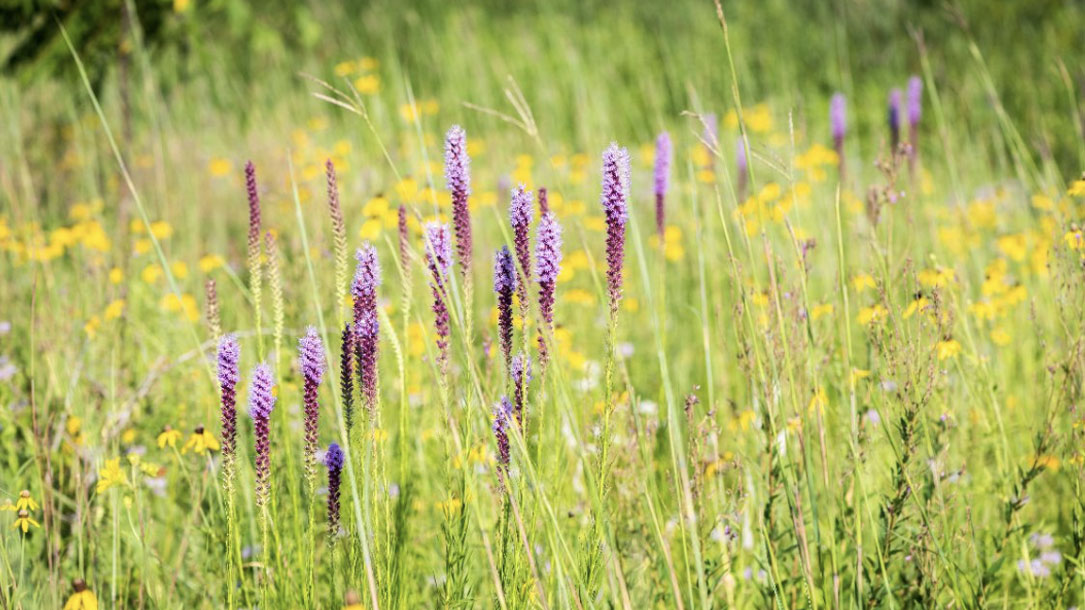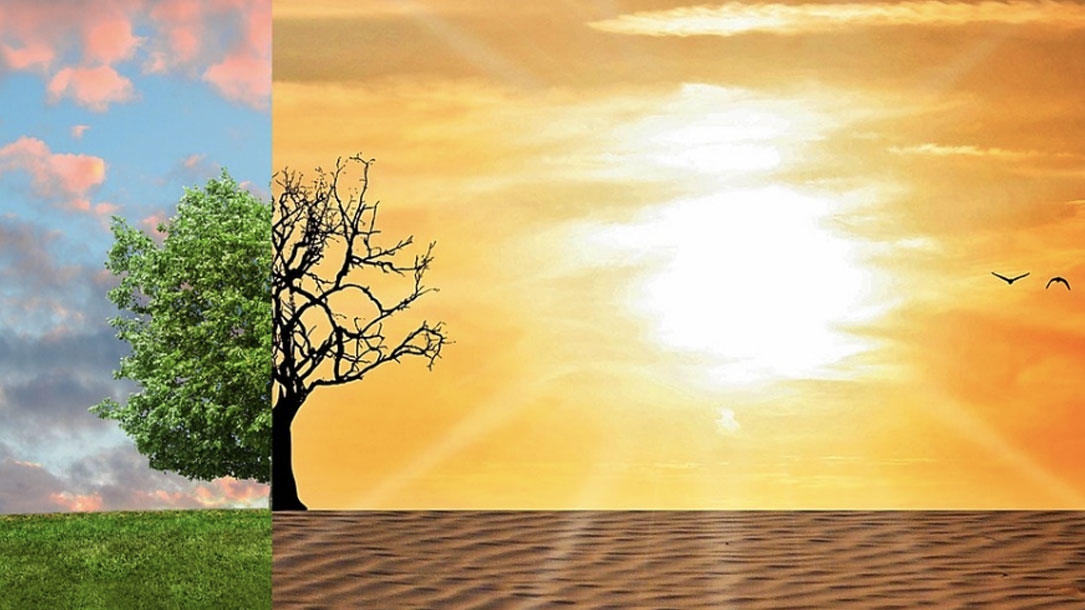Home > Climate News >

Development by design: Mitigating wind development’s impacts on wildlife in Kansas
Wind energy, if improperly sited, can impact wildlife through direct mortality and habitat loss and fragmentation, in contrast to its environmental benefits in the areas of greenhouse gas, air quality, and water quality. Fortunately, risks to wildlife from wind energy may be alleviated through proper siting and mitigation offsets. Here we identify areas in Kansas where wind development is incompatible with conservation, areas where wind development may proceed but with compensatory mitigation for impacts, and areas where development could proceed without the need for compensatory mitigation.

Saving Oklahoma’s prairies, a vital weapon against climate change
Oklahoma’s 39,650-acre preserve is the world’s biggest protected remnant of a massive grassland ecosystem that once stretched across 14 states, covering 170 million acres. But the grassland has been decimated, and only about 4 percent of the ecosystem remains, most of which is contained in the preserve in Osage County, home to the Native American Osage Nation.
Acting as a powerful carbon storage container, or sink, the grasslands are a vital component in nature’s fight against climate change. Figures vary, but one study estimates that tallgrass can capture up to 1.7 metric tons of carbon per acre per year. In Oklahoma alone, protected grasslands mitigate nearly four metric tons of carbon dioxide per year — the equivalent of taking 4 million cars off the road…

The dire need to combat habitat loss
The modern conservation movement was born out of the hard work and leadership of sportsmen and women who continue to help fund, conserve, manage, and restore natural areas and game populations nationwide.
During the 1800s, the U.S. nearly lost familiar species like mule deer, white-tailed deer, black bear, elk, pronghorn, and wild turkeys to unregulated hunting and market hunting. As populations rapidly declined, hunters led the way to their recovery by supporting ethical, regulated hunting practices…

Report: Habitat loss causing significant impact on game species
A new report from the National Wildlife Federation found game species across the country lost, on average, 6.5 million acres of habitat over the past two decades. It is a trend advocates contended will continue unless lawmakers take action.
Per the report, between 65 and 82 million acres of America’s national forests are in need of restoration. In addition to the 30×30 plan outlined in Biden’s America the Beautiful initiative, Congress is considering the Recovering America’s Wildlife Act, which would allocate nearly $1.4 billion annually to states to implement habitat restoration and conservation strategies.

Community-level assisted migration for climate-appropriate prairie restoration
Given the rate of movements of “climate envelopes,” the principle of use of only locally occurring species and genotypes in habitat restoration is questionable at best. Some local species may be lost entirely if their “climate envelopes” move outside the local area.
Multiple species that grow elsewhere would thrive in restorations if they were able to migrate to new locations, but this is prevented by the speed of climate change and the difficulty of dispersal across fragmented landscapes. To restore the natural process of migration, restorations should include…

Earth’s coldest forests are shifting northward with climate change
New research from Northern Arizona University shows rising temperatures are causing Earth’s coldest forests to shift northward, raising concerns about biodiversity, an increased risk of wildfires, and mounting impacts of climate change on northern communities…

Regenerative ranching is better for the environment, but can it be profitable?
Ellis tells me that she did the math, and the amount of beef she produces on her ranch in a year is about the same quantity that McDonald’s uses globally in 45 minutes. “I’m this tiny blip on the radar,” she says. “But if I could get all ranchers across the nation doing the job sustainably, then we’d have a lot of clout.”
She says most consumers have no idea if their beef comes from a ranch with environmental goals. “I want to give them that choice”…

Farms under threat: the state of the States
American Farmland Trust’s new report used spatial mapping analyses of agricultural land conversion to provide unprecedented insights into the status and fate of American farmland. Our findings and maps of agricultural land at the state, county, and even sub-county levels show that between 2001 and 2016, 11 million acres of farmland and ranchland were converted to urban and highly developed land use (4.1 million acres) or low-density residential land use (nearly 7 million acres).

The latest IPCC report: What is it and why does it matter?
The IPCC has released a new climate report, building on the findings of a previous report released in February. But what exactly is the IPCC? What do these reports mean, and how are they different from previous reports? Is our situation as grim as some of the news headlines make it sound?
We’ve prepared this guide to help you understand what these latest climate reports are, what their findings mean for our world and what we can do about them.

With fewer animals to move their seeds, plants are stuck in threatened habitats
Half of all plant species rely on animals to scatter their seeds through hitchhiking in scat, fur, or beaks. When animal populations decline, so does the ability plants have to disperse their seeds and adapt to climate change. Against the backdrop of a heating planet, species are shifting away from their historically-adapted climate conditions…
A study published this month in the journal Science found that 60 percent of all plants globally are already having trouble keeping up with climate change as seed-spreading species face major drops in population numbers…












